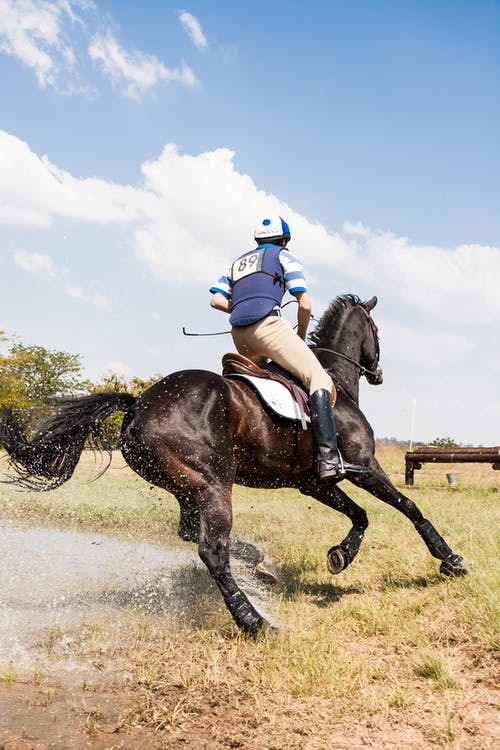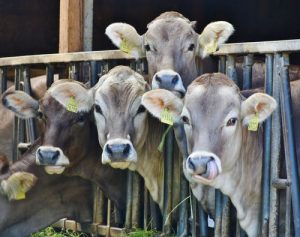In the world of equestrianism, the care and well-being of horses are of paramount importance. One crucial aspect of horse care revolves around their hooves, and that’s where a farrier comes into play. A farrier is a skilled craftsman responsible for the maintenance, trimming, and shoeing of horses’ hooves. In this article, we will explore the world of farriery and delve into the responsibilities, skills, and significance of these professionals in ensuring the health and performance of horses. From their training and techniques to the vital role they play in the equine industry, we will uncover the fascinating world of farriers.
A farrier is a specialist in taking care of a horse’s hooves. Their main duty is to keep the hooves balanced, healthy, and functional by trimming, shaping, and shoeing them as required. To maintain the horse’s hooves in top condition and to enhance soundness, comfort, and performance, farriers collaborate closely with horse owners, trainers, and eterinarians.Becoming a farrier requires a combination of specialized skills and training farrier accessories. Farriers undergo comprehensive education and apprenticeships to acquire the necessary knowledge and expertise. They learn about equine anatomy, biomechanics, and various trimming and shoeing techniques. Farriers must possess excellent hand-eye coordination, strength, and patience to handle horses and work effectively on their hooves. Continuous learning and staying updated with advancements in the field are also vital for farriers to provide the best care for their equine clients.

One of the primary tasks of a farrier is hoof trimming. Proper trimming is essential to maintain hoof balance, shape, and optimal weight-bearing. Farriers use specialized tools, such as hoof knives, rasps, and nippers, to carefully remove excess hoof material, smooth rough edges, and create an appropriate hoof shape. Regular trimming helps prevent imbalances, cracks, and other hoof-related issues that can cause discomfort or lameness in horses.
In addition to trimming, farriers are skilled in corrective shoeing and therapeutic hoof care. Some horses require special shoeing techniques to address hoof deformities, gait abnormalities, or lameness issues. Farriers work closely with veterinarians to develop customized shoeing plans, which may involve applying specialized shoes, pads, or wedges to support and correct the horse’s hoof mechanics. This corrective shoeing helps alleviate discomfort and promotes proper movement and balance.

Farriers are proficient in various shoeing techniques and use a range of materials to protect and support horses’ hooves. They may apply horseshoes made of steel, aluminium, or synthetic materials, depending on the horse’s needs and the specific requirements of the discipline it participates in. Farriers carefully shape and fit the shoes to the hoof, ensuring a proper fit and balance. They also modify shoes to accommodate any existing hoof abnormalities or injuries, providing the necessary support and protection.
Farriers work closely with horse owners and veterinarians as part of a collaborative equine care team. They communicate and collaborate with horse owners to understand the horse’s specific needs, such as its discipline, workload, and any existing hoof-related concerns. Farriers also collaborate with veterinarians to diagnose and treat hoof conditions or lameness issues.











